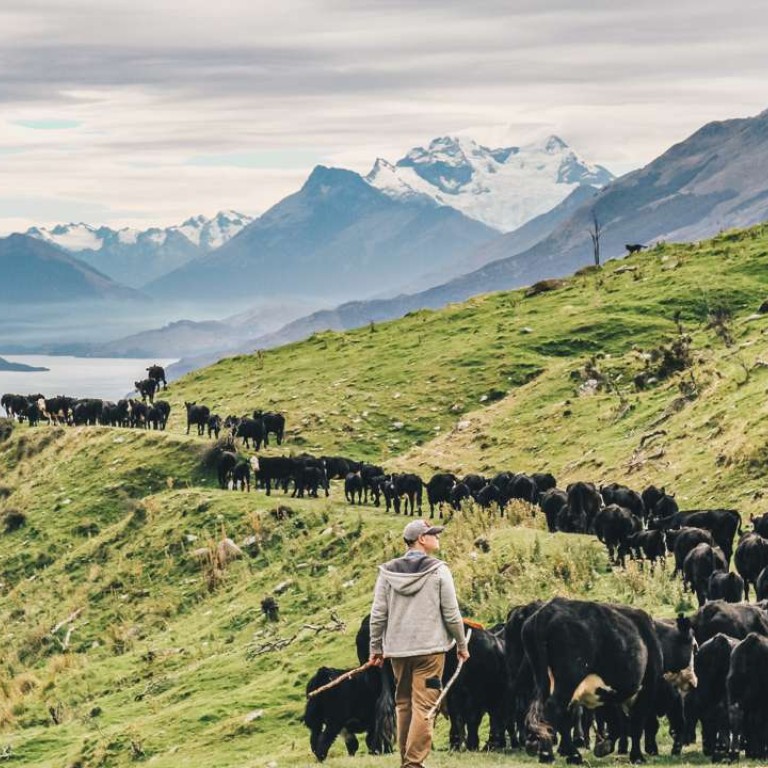
Hongkonger tries life on a New Zealand farm as she swaps high fashion for the high country in a grown-up gap year
A Hongkonger ditches her office job, trades in her heels for a pair of wellies and puts in a tough but satisfying stint on a working farm in New Zealand
I am perched on the back of a Toyota Land Cruiser bouncing along narrow farm tracks that wind up to the Afton Saddle at Walter Peak Station. Also crammed into this tiny space at the back of the “ute” (Antipodean for a farm or utility truck) are 22 boisterous sheep dogs, several shepherd’s sticks, a spare tyre and a collection of tools for cutting and mending wire fences. Growing up in Hong Kong, I thought I was used to feeling cramped. Evidently, it could have been worse.
In the front of the vehicle, away from the dogs, are five other farm workers. Today’s task involves setting out at first light to climb almost 1,000 metres to reach the highest point where the cattle are grazing, to muster them back to lower ground in order to wean the calves from their mothers and sort them for sale the next day. It promises to be a memorable Monday morning.

While many of my fellow backpackers looked to Queenstown as the adventure and party capital of their Kiwi experience, bungee jumping by day and bar hopping by night, I was after an altogether different experience. Instead, I arranged several farm exchanges where I would work certain hours in return for food and board. By chance, I met the station managers of Walter Peak Station and volunteered to help out for two weeks; so here I am on a mountain pass on a frigid Monday, waving my arms wildly at gormless cows in a vain attempt to drive them down towards lowland pasture.
A working ranch since the 1860s, Walter Peak Station sits on the western shores of Lake Wakatipu, accessible by boat or country roads from Queenstown. Its namesake stands 1,800 metres tall, a formidable presence alongside Mount Nicholas (1,408 metres) and Cecil Peak (1,978 metres), and much of the station comprises elevated pastoral land, or “high country”. Stretching to more than 240 square kilometres, it runs 800 Angus cattle and 20,000 Headwater and Merino sheep. The stock is overseen by James Clouston, with the help of two full-time shepherds plus seasonal stockmen and shearers, while his wife, Lucy, manages the bookkeeping, farmhouse and tourism operation.

The calves that are to be sold are then sorted again by their respective buyers depending on the traits they want, then transported, before the remaining Walter Peak cows and calves are mustered back to their upland grazing. The farmers – James, his 18-year-old shepherd Tom, one of the buyers and two of their friends who have come to help – and I have quite a task ahead of us.
Moving cows involves a certain amount of luck – fine weather is needed, as well as a good lead cow that sensibly follows the farm track, encouraging the others to follow her. On this occasion, our lead cow does a fine job, and the rest of us walk at the back of the long line of cows and calves, shooing in encouragement while the farmers send their sheepdogs barking up and down the line to ensure no cow-calf pair decide to make a run for it up or down the sides of the hill. The day is a rare success, and we are finished with time to spare for a shower before a hearty meal of lamb stew at the farmhouse.
The next day begins at dawn once more, with hundreds of cows and calves being mustered from lowland pastures to the cattle yards for weaning, sorting and testing. With the trucks to transport the sold calves arriving from 10am and the vet doing the pregnancy scanning at 2pm, everyone is acutely aware that there is little room for error.
The morning goes by in a blur of cows and calves being sent through the sorting gates, James selecting the best of the calves to retain as breeding stock, the buyers taking their pick of their calves and a stock agent driving up to procure the rest for their client. By midday, stock trucks packed full of calves were winding away from the cattle yards out of Walter Peak along with the buyers, and James, Tom and I were mustering the remaining calves to a different field to graze away from the heart-wrenching sounds of their wailing mothers.
I have done more than a full day’s worth of work, and it is barely noon.
The coming days are slower without the extra farmers and dogs helping to muster the cows and calves back to higher ground. Each batch – pregnant cows, ‘dry’ cows that need to be paired with a bull again, calves that need more grass – are moved separately, and I marvel at how many cows and how much ground two farmers and 12 dogs can cover between them.
Help also comes in the unexpected form of Sophie, the eldest of the Clouston children, who eagerly volunteers to join us mustering in the yards and paddocks when not doing her schoolwork. She is four, and spends our tea breaks teaching me the difference between a cow and a heifer (a cow is a female who has borne at least one calf; a heifer is a weaned female who has not yet given birth).
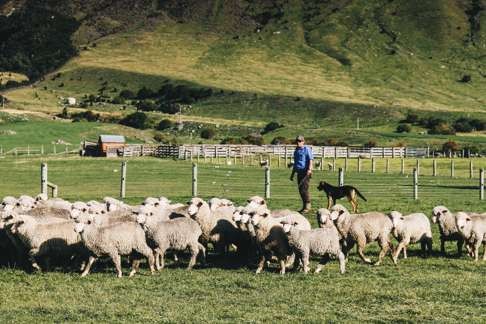
Even after one week on the station, I have come to understand that the animals come first. Good farmers have an inimitable work ethic, where they work to the light and weather conditions to ensure the safety and well-being of their livestock. There is little room for clock watching or procrastination here; it is a tough and unforgiving lifestyle, but one that is also honest and true.
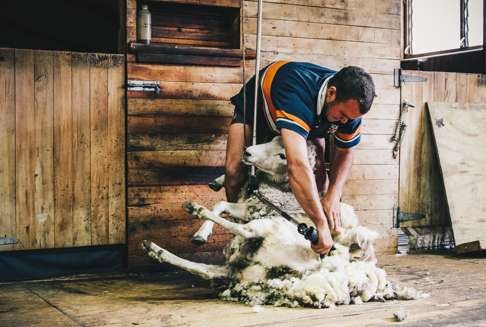
On my next trip to paradise, I sincerely hope they will allow me a seat inside the truck.
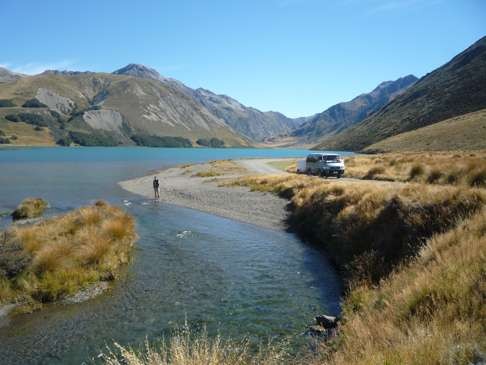
How to experience life on a farm
If you’d like hands-on experience of life in the high country, Workaway and WWOOF are two of several websites that facilitate work and cultural exchanges in New Zealand for a small fee, placing volunteers with hosts offering an authentic, local experience. Placements on lifestyle blocks and stations will give you a taste of rural Kiwi life; just be sure to pack your ‘gum boots’ (wellies).
One-year membership NZ$40 per person
workaway.info, wwoof.co.nz
If you’ve no time for a farm stint, take a tour of the high country instead
Short on time? Real Journeys run half-day tours to Walter Peak from Queenstown, sailing across Lake Wakatipu aboard the 104-year-old TSS Earnslaw. Expect to see sheep shearing and dog demonstrations before enjoying a spot of tea among the mountains.
Tours start at NZ$79 (HK$450) per person
realjourneys.co.nz
Molesworth Tours run small-group two- and four-day trips in four-wheel-drive vehicles. Immerse yourself in the vast Marlborough high country, touring multiple stations, meeting local farmers who are passionate about sharing their way of work and life.
Two-day tours start at NZ$770 per person
molesworthtours.co.nz
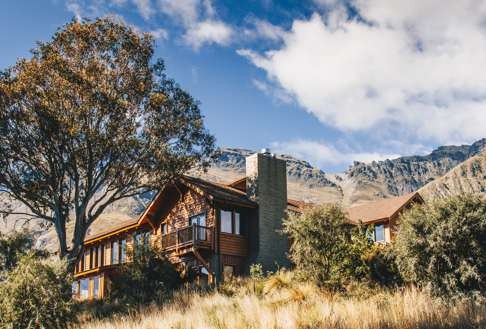
Lodge hire NZ$1,700 per night, sleeps 10.
thelodge.net.nz/

